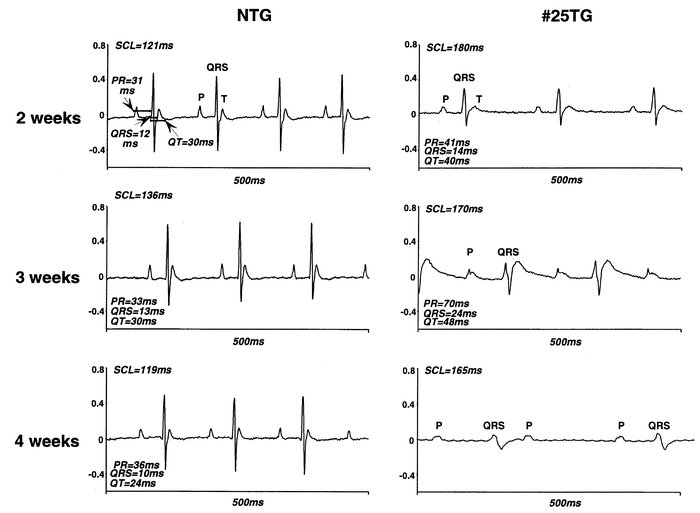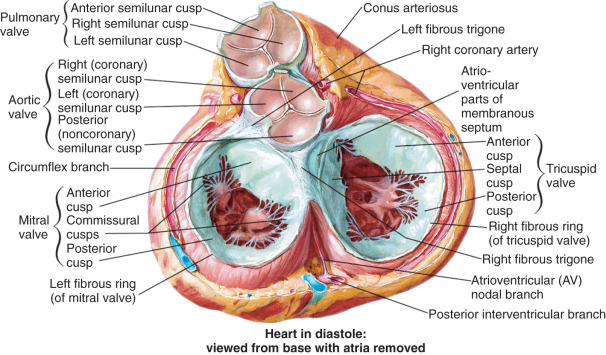Atrioventric Conduction

Heart flutters can be extremely serious. When the walls of the heart become irritated or injured, it can begin to flinch, change its rhythm, or contract and relax in an involuntary manner. If left untreated, heart failure can occur.
Fluttering of the heart can happen in different ways. Although it is technically one of the strongest muscles in the human body, the heart can actually short-circuit itself due to so-called atrial fibrillation or flutter. Flutter is usually associated with either the upper or lower chambers of the heart, although symptoms can range from relatively subtle to sudden cardiac death in severe cases. Although these heart conditions are usually treatable with medication and / or surgery, they can be potentially dangerous if not properly diagnosed, treated, controlled, and treated when heart failure occurs.
In most cases, atrioventricular conduction (AEC) is the cause of heart flutter. In this process, a series of electrical impulses travel through internal arteries called the myocardium to the myocardium of each chamber. These pulses are generated by a pacemaker in each chamber that monitors the heartbeat.
A pacemaker, which all people have, maintains a stable and predictable heart rate, although it can cause abnormal heartbeat in some people. This sudden, unexpected increase in heart rate during a sudden, unplanned spike in heart rate is called atrioventricular myopathy or arrhythmia. Flutter caused by atrioventricular conduction is usually more severe than flutter caused by a normal heart rhythm. They can be sudden, severe, unpredictable, rapid, weak, absent, with a feeling of impending doom, heart palpitations, dizziness, nausea or chest pain, tingling, chills, sweating, nausea or numbness, or even feeling weak. "pins and needles".
If left untreated, atrioventricular conduction can lead to heart failure, either due to an underlying heart defect or myocardial injury. If AV conduction is diagnosed early enough, treatment can be successful and prevent the condition from progressing to heart failure. However, if left untreated, it can progress over time, eventually leading to death.

If you suspect that you may have atrioventricular conduction, your first step should be to see a doctor who is experienced in treating this condition. Many physicians and surgeons can perform an ultrasound of your heart to see if there are any abnormalities, such as calcification of the arteries or coronary deposits in the walls of your heart. This will help your physician determine the severity of your symptoms.
If the cause of your heart fluttering is atrioventricular conduction, your doctor may recommend that you undergo a procedure called endovenous Doppler monitoring. This procedure involves a stethoscope being placed on the inside of your arm to monitor your heart's position at any given moment during an exercise. The stethoscope will record the exact amount of movement within your heart's chambers and the rhythms produced, allowing your physician to monitor and treat your condition at the site of the problem.
In some cases, your doctor may prescribe medications to help control the symptoms and/or to slow the progression of atrioventricular conduction. Some of these drugs include beta-blockers, which are used to reduce the stress on the myocardium and prevent damage from occurring. Non-steroidal anti-inflammatory medications, or NSAIDs, are often prescribed in severe cases as they can reduce inflammation and ease some of your symptoms. Other medications that may be prescribed are antidepressants and calcium channel blockers.
While many doctors believe that atrioventricular conduction can only be controlled by using medication and surgery, recent research suggests that certain types of exercise can actually help to stop your heart flutter. This is because certain exercises can increase the amount of smooth muscle fibers within your heart that may help to increase the flow of blood and oxygen throughout your myocardium. Exercise has also been shown to improve the efficiency with which blood is carried through the myocardium, which may slow or stop the buildup of calcium deposits within your heart wall and lower your risk of heart disease.
Unfortunately, atrioventricular conduction is not something that can be cured by simply wearing a heart monitor and eating a diet that is high in potassium. In fact, diet and exercise cannot cure heart disease, but they can be used to manage the symptoms and make them less painful. As mentioned before, atrioventricular conduction is caused primarily by damage to your heart's myocardium, and diet and medication cannot remove that damage. However, you can avoid having to suffer from this condition if you are willing to change your lifestyle.
If atrioventric conduction is causing your symptoms, a lifestyle that is low in stress and activity may be the answer for you. To learn more about managing your symptoms and preventing atrioventric conduction, contact a qualified physician today. You may be surprised to learn how simple changes in your diet and exercise can bring relief to your symptoms and help to prevent further damage.
